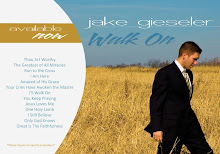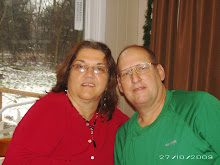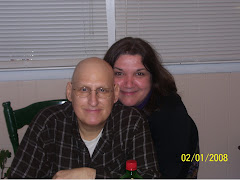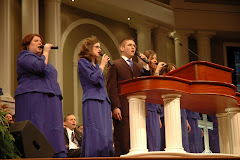
The following article is encouraging to me because my husband has mantle cell lymphoma. According to my husband's oncologist, the doctor (Dr. Christian Geisler) referred to in this article pronounces his name like we do ours. Interesting!!
Intensive Regimen May be Curative in Mantle Cell Lymphoma
Zosia Chustecka
Information from Industry
Find out how inhibiting multiple signaling pathways may result in a dual-action antiproliferative and antiangiogenic effect. Learn more
December 19, 2007 (Atlanta) — Results obtained with an intensive immunotherapy regimen in mantle-cell lymphoma are so good that they suggest that a cure is in sight, said Christian Geisler, MD, PhD, from Rigshospitalet, in Copenhagen, Denmark. He was presenting the results of a 160-patient phase 2 study from the Nordic Lymphoma Group here at the American Society of Hematology 49th Annual Meeting and Exposition.
However, 1 member of the audience took exception to the use of the word "cure," and an expert in mantle-cell lymphoma told Medscape Oncology that the results are interesting but it is still too early to draw conclusions.
Dr. Geisler explained that mantle-cell lymphoma is a rare subtype of lymph cancer, representing about 10% of all lymphoma, and has one of the worst prognoses, with half of patients dying within 3 to 4 years of the diagnosis, even after treatment with anthracyclines. "Until now, it has been considered incurable," he added.
In an attempt to improve outcomes, the Nordic group devised an intensive treatment regimen. Patients first underwent 6 cycles of intensive induction immunochemotherapy with a combination of high-dose cytarabine (ara-C), the anti-B-cell antibody rituximab, and dose-intensified CHOP chemotherapy, known as "maxi-CHOP," which comprised cyclophosphamide 1200 mg/m2, doxorubicin 75 mg/m2, and vincristine 2 mg on day 1, followed by prednisone 100 mg on days 1 to 5. After this, patients went on to receive high-dose chemotherapy with stem-cell support.
"We achieved results that were quite surprising to all of us," Dr. Geisler commented at a press briefing. "The long-term disease-free survival was 63%, and after 3 years we saw a plateau in the survival curve, indicating for the first time that this disease may be cured." Investigation with polymerase chain reaction (PCR) showed that the "majority of patients after transplant do not house any tumor cells," he added. Toxicity is "quite mild," he commented. There were 6 treatment-related deaths (3.8%), which compares with what is seen with chemotherapy and stem-cell support.
On an intention-to-treat basis, the 5-year event-free survival was 63%, the overall survival was 74%, and the 144 responders (91%) who completed treatment had a 72% 5-year response duration, with a plateau emerging in all 3 curves at these levels, Dr. Geisler told the meeting. "Compared with historic controls, we can now say that a cure is in sight," he said.
Asked to comment on the findings, Owen O'Connor, MD PhD, from Columbia University, in New York, said that it is still too early to draw conclusions. "For us to be fully convinced, we need to see more mature data," he commented in an interview. Dr. Owen also noted that not all patients in the trial went on to receive a stem-cell transplant, only those who responded to the initial intensive regimen did, so there was some attrition. Although the response rate was 96%, the rate of complete remission was only 55%, which is "a little weird for me," he said.
The prognosis for mantle-cell lymphoma has improved in recent years, Dr. Owen explained, and the survival of 3 to 4 years that is still cited in the literature is based on studies carried out during the early 1990s. "We are now managing it better," he said. The use of ritiximab (launched in 1998) and a move toward carrying out stem-cell transplantation at first remission rather than at relapse plus, even more recently, the use of bortezomib, has led to improved outcomes. "There is a sense that the median survival is now closer to 5 years and may be even better," he said in an interview. There are several groups showing good data, and 1 group, headed by Julie Vose, MD, from Nebraska Medical Center, in Omaha, has shown no relapses after 7 years.
The data from this Nordic study are "interesting," Dr. Owen concluded. In particular, the researchers' use of high-dose ara-C is "interesting and innovative," and if these results continue to stand, then maybe this is a treatment that should be explored further in mantle-cell lymphoma, he said.
The study was supported by the Danish Cancer Society and the Nordic Cancer Union. Dr. Geisler reports receiving research funding from Roche and Bayer Schering Pharma; honoraria from Bayer-Schering Pharma; and consultancy for Bayer Schering, Fresenius, and Genmab.
American Society of Hematology (ASH) 49th Annual Meeting and Exposition: Abstract LB1. Presented December 11, 2007.


















No comments:
Post a Comment